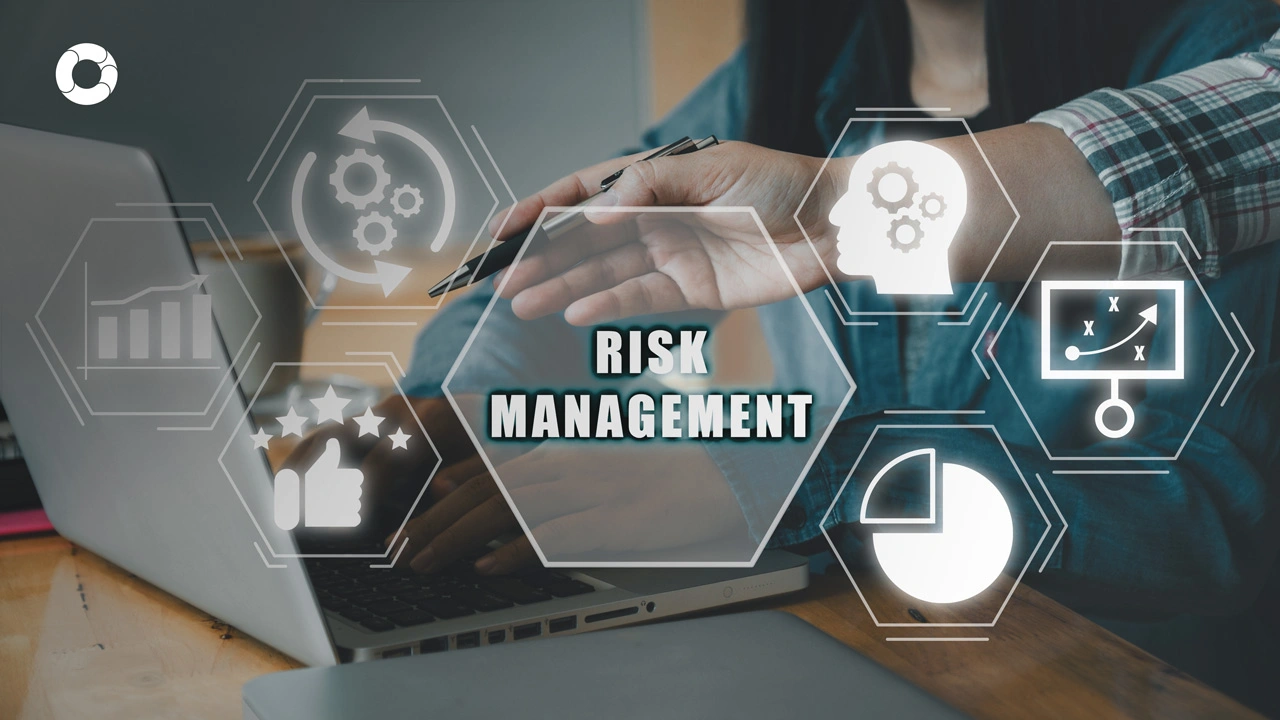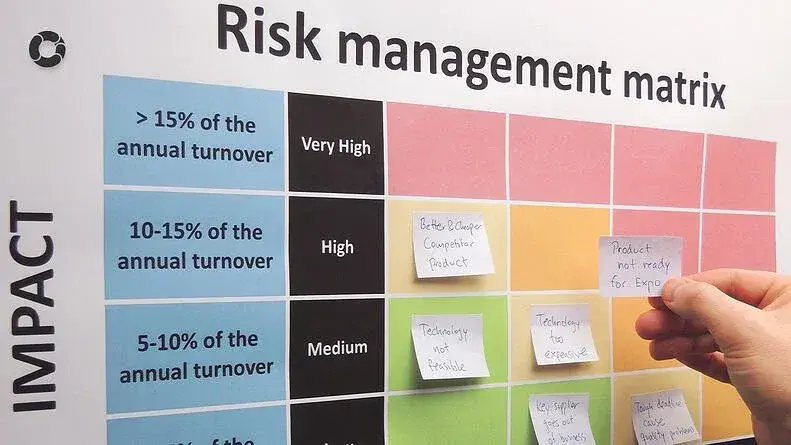Importance of key indicators in risk management

In today's dynamic business environment, organizations face a myriad of uncertainties that can impact their objectives and operations. Effective risk management is crucial, and a fundamental component of this process is the utilization of Key Risk Indicators (KRIs). These metrics serve as early warning signals, enabling organizations to identify potential threats before they escalate.
What Are Key Risk Indicators (KRIs)?
KRIs are measurable values that provide insights into the possibility of future adverse events. They help organizations monitor changes in risk exposure and take proactive measures to mitigate potential issues. Unlike Key Performance Indicators (KPIs), which assess past performance, KRIs focus on predicting and preventing future risks.
Distinguishing KRIs from KPIs and KCIs
Understanding the distinctions between KRIs, KPIs, and Key Control Indicators (KCIs) is vital:
-
Key Performance Indicators (KPIs): These metrics evaluate the effectiveness of an organization's past actions in achieving objectives. For example, a KPI might measure quarterly sales growth.
-
Key Control Indicators (KCIs): KCIs assess the effectiveness of specific controls within a process. They help determine whether existing controls are functioning as intended to mitigate risks.
-
Key Risk Indicators (KRIs): KRIs, in contrast, are forward-looking metrics that signal increasing risk exposures, allowing organizations to address potential issues proactively.
By integrating KRIs with KPIs and KCIs, organizations can gain a comprehensive view of their risk landscape, balancing performance monitoring with risk anticipation.
The Role of KRIs in Risk Management
KRIs play a pivotal role in an organization's risk management framework by:
-
-
Identifying Present and Future Risks: KRIs highlight vulnerabilities in current processes and predict emerging risks, enabling timely interventions.
-
Validating Risk Assessment Frameworks: By linking KRIs to potential risk causes, organizations can refine their risk evaluation processes and enhance control measures.
-
Providing Dynamic Risk Monitoring: KRIs offer real-time insights into risk exposure, allowing continuous tracking of risk-related incidents and trends.
-
Facilitating Benchmarking: Organizations can use KRIs to compare their risk profiles with industry standards, identifying areas for improvement and adopting best practices.
-
Benefits of Implementing KRIs
Incorporating KRIs into risk management practices offers several advantages:
-
Enhanced Reporting: KRIs enable the creation of accurate and timely risk reports, aiding in historical analysis and future risk mitigation.
-
Continuous Risk Monitoring: Regular tracking of KRIs ensures that organizations can detect and address risks promptly, maintaining operational stability.
-
Early Warning Signals: KRIs act as alerts for potential issues, allowing organizations to prevent losses and avoid disruptions.
-
Objective Achievement Support: By managing risks effectively through KRIs, organizations can stay on course to meet their strategic goals.
Designing Effective KRIs
Developing meaningful KRIs involves a systematic approach to ensure they effectively serve their purpose:
-
Identify Relevant KRIs: Determine metrics that are directly linked to potential risk events and are indicative of future exposures.
-
Ensure Measurability and Comparability: Select KRIs that can be quantified and compared over time to detect trends and patterns.
-
Establish Clear Thresholds: Define specific trigger points for each KRI that signal when risk levels are approaching unacceptable limits.
-
Assign Ownership: Designate individuals or teams responsible for monitoring each KRI, ensuring accountability and prompt response.
-
Regular Monitoring and Review: Continuously track KRIs and assess their effectiveness, making adjustments as necessary to address evolving risks.
Integrating KRIs with Technology
Leveraging technology can enhance the effectiveness of KRIs. Risk management software solutions, such as Pirani, offer centralized platforms for tracking and analyzing KRIs. These tools provide features like real-time alerts, automated reporting, and data visualization, facilitating informed decision-making and proactive risk management.
Conclusion
Incorporating Key Risk Indicators into an organization's risk management strategy is essential for anticipating and mitigating potential threats. By distinguishing KRIs from other metrics like KPIs and KCIs, and by following a structured approach to their development and implementation, organizations can enhance their resilience and achieve their objectives in an increasingly uncertain business landscape.
You May Also Like
These Related Stories

Mastering KRIs: Unlock Risk Management Success

5 tips for avoiding financial fraud

How to make an internal audit plan?

Legal risk management in organizations

3 tips to identify risks



No Comments Yet
Let us know what you think